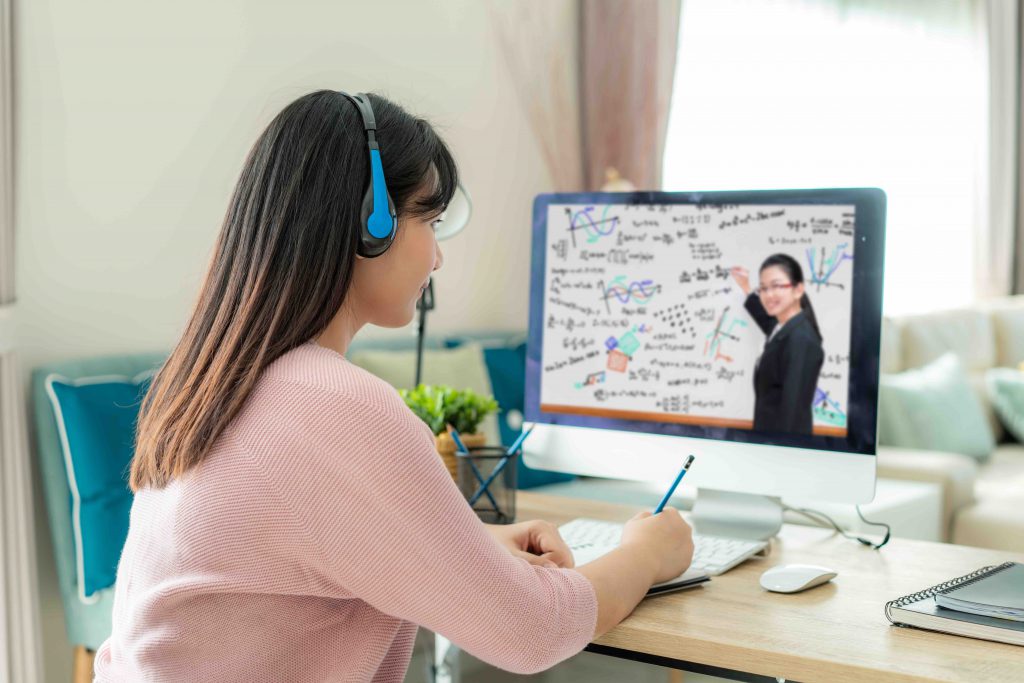The students have spoken: there is nothing better than learning in one’s native language! Although English is a widely-recognized, predominant language in the field of online education, many students across the globe prefer to learn in their native language. If you’re determined to expand the reach of your educational content beyond local borders, it’s important to you make sure your content resonates with your foreign learners. Merely translating your eLearning courses is not enough. Localizing them is vital. Read this guide to learn how to successfully undertake eLearning localization and effectively reach your potential global learners.
What is eLearning Localization?

eLearning localization is all about adapting your content to a specific location and its culture. Localization accommodates your content for diverse students and ensures they you are providing the same learning experience to your foreign students as your local students. Localized content imparts memorable knowledge, creates connections with your international learners, and gives them a reason to continue learning with you.
Why Localizing eLearning Content?

The market size for online education is rapidly increasing – day by day. In 2019 alone, the overall global investments for edTech reached more than $18.5 billion in the US. From then till now, there has been significant growth in the usage of eLearning resources and digital education tools including virtual classroom applications, webinars, remote live lectures, online quizzes, discussion boards, student polls, and learning conferences, etc. Experts suggest that by the year 2025, the market potential for online learning entails approximately $350 billion.
With the COVID-19 pandemic, schools around the globe shut down, suddenly leaving more than 1.2 billion young learners with no classrooms. However, thanks to the innovation in technological resources and digital learning applications, educational firms can maintain their classwork online through eLearning. And likewise, students are fast adjusting to the new normal. Similarly, with the quarantine situation, the MOOCs (Massive Open Online Courses) market has grown significantly and is expected to see a phenomenal surge between 2020-2025.

What Exactly Should You Localize?
Before delving into the details of how to set an international strategy for your eLearning platform, here are the most common elements that are localized:
1. Written content
2. Graphics
3. User Experience elements (e.g. navigation buttons)
4. Audio, video, and webinars
5. Formatting (e.g. date formats)
How to Effectively Localize Your eLearning Courses

1. Plan for Localization in the Early Stages
It’s important to consider and plan for localization at the earliest stages. Often, companies make the mistake of developing the entire course in the original language then initiate the localization process. However, incorporating your localization plans in parallel to the original content development will help you create localization-friendly material and save your team time, money, and repetitive work.
2. Understand your Target Audience
One of the first steps in eLearning localization is to get to know your target audience. This step is vital to effectively engage with your international market. Spend time researching their cultural preferences, which dialects they prefer, and their region-specific needs. Even better, involve a localization expert who is a native to help you understand your audience and give a truly genuine learning experience that resonates with them.
3. Add Local Touches Appropriately
Once you have a good grip on who your local audience is, you should incorporate local flavors that facilitate a better transfer of knowledge. This could be as simple as using local names and places or adding region-specific scenarios in your examples. When learners see things they can relate to on their screens, they automatically associate information with these things. This helps foreign learners remember information better and have a more successful learning experience with you.
4. Localize Your Images
Images and graphics play a huge role in the eLearning process. That’s why they must be culturally and socially acceptable to the target audience. For instance, in America, the ‘thumbs up’ gesture indicates that something is good or is often used for hitchhiking. On the contrary, in Iraq and Iran, it means an insult. If you’re planning to use the same image across all translations, make sure the image is neutral and unoffensive to your particular audience.
5. Hire the Professionals
Making an eLearning course or platform ready for a foreign country is time-consuming. Additionally, getting each part of the localization right involves a very detailed, extensive process. Hiring natives who are industry-specific localization experts will ensure you incorporate all the needed elements to launch a successful localized course. Find out how Khan Academy localized its educational content with Tarjama, resulting in a reach of 1 million new students within just 6 months of publishing.
4 Things You Should Consider With eLearning Localization

1. Cultural Differences
When localizing content for your student communities, cultural considerations are as important as any other element of the localization process. Culture involves language, norms, values, community rules, institutes, organizations, etc. Creating content that considers and reflects the country’s culture will improve engagement with your foreign students. If your medium of instruction is not similar to the learners’ native language, localization to translate the course material is needed. The broader your range of available languages are, the more extended your reach will be.
2. Social Considerations
Social considerations involve students’ preferred mode of learning in groups, one-to-one sessions, or pairs, etc. Social localization of the content must be adjusted according to the number of students, their social bonding, and student-teacher interaction. Similarly, it should be adapted according to the distinctive features of various societies across different countries.
3. Economic and Financial Influences
Economic considerations include understanding the global and regional economic shifts and tailoring your courses accordingly. If your audience belongs to a country with poor economic conditions, your courses should be adaptable to that fact. The packages and course expenses must be kept to a reasonable range to cater to their poor financial background. Needless to say, online learning becomes a hassle rather than a facility if there is a distinct lack of localized resources and regional adaptability.
4. Technology
In today’s digital era, technology has taken an influential place in our way of managing things. Learners can specifically relate to the educational content if it is presented through a user-friendly mode of instruction and an easily navigable learning interface with appropriate language input methods. Also, consider the unavailability of certain technological applications in different geographical areas while preparing your content.
Consider the technological readiness of the country – such as built-in whiteboard facility, audio recordings, live e-lectures, social media platforms, specialized learning management systems (LMSs), gamification features for reward and reinforcement and text-to-speech tools.
Pitfalls to Avoid When Localizing eLearning

• Avoid using humor and idioms: These are often more challenging to localize, especially if you want to reach several foreign countries.
• Avoid using text on graphics and images: Extracting text from images is additional work and increases your time and budget.
• Don’t assume your fonts will work across any language: Not all fonts are compatible with all languages so make sure you test your chosen font to avoid complications.
• Don’t rely on non-natives: Only a native speaker will be able to understand what and how needs to be localized.
The Takeaway
With most of the learning process happening online nowadays, more and more people are leaning towards remote learning. This presents a unique opportunity for both traditional and online educational firms. By providing region-oriented educational content, your eLearning content can address maximum students all around the world.
Ready to start localizing your eLearning course or platform? Get in touch with one of our localization experts who will help you optimize your online learning experience.
Check out a sample of our professional translation solutions in action with our Arabic version of this blog.
Read Arabic VersionReferences:
https://www.weforum.org/agenda/2020/04/coronavirus-education-global-covid19-online- -learning/
https://www.digitalmarketnews.com/how-to-benefit-from-vilt-online-directories/
https://guides.library.utoronto.ca/c.php?g=448614&p=3105052
https://brightside.me/wonder-places/15-hand-gestures-that-have-different-meanings-overseas-769110/




